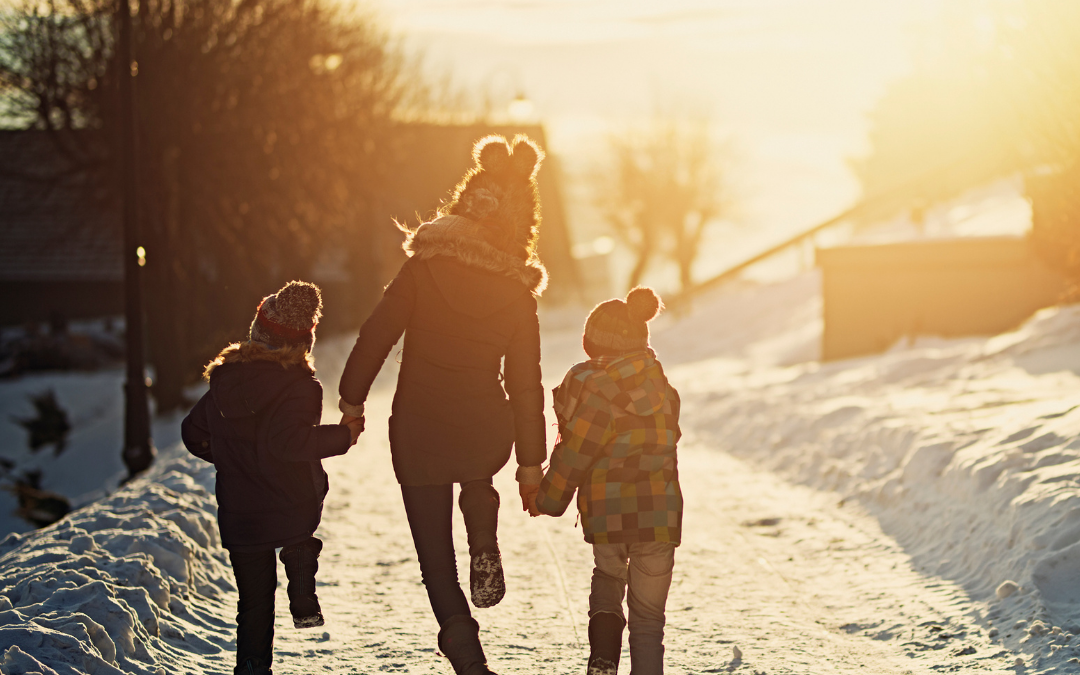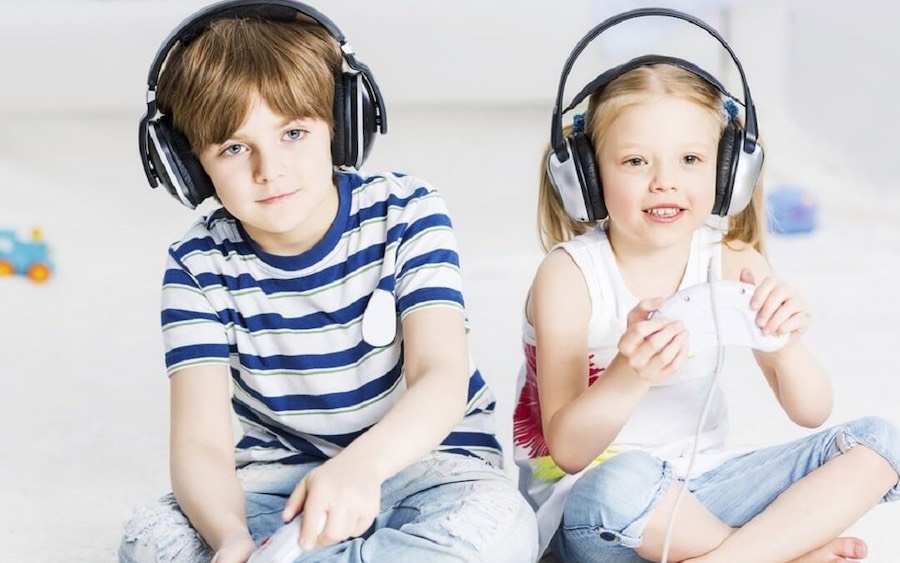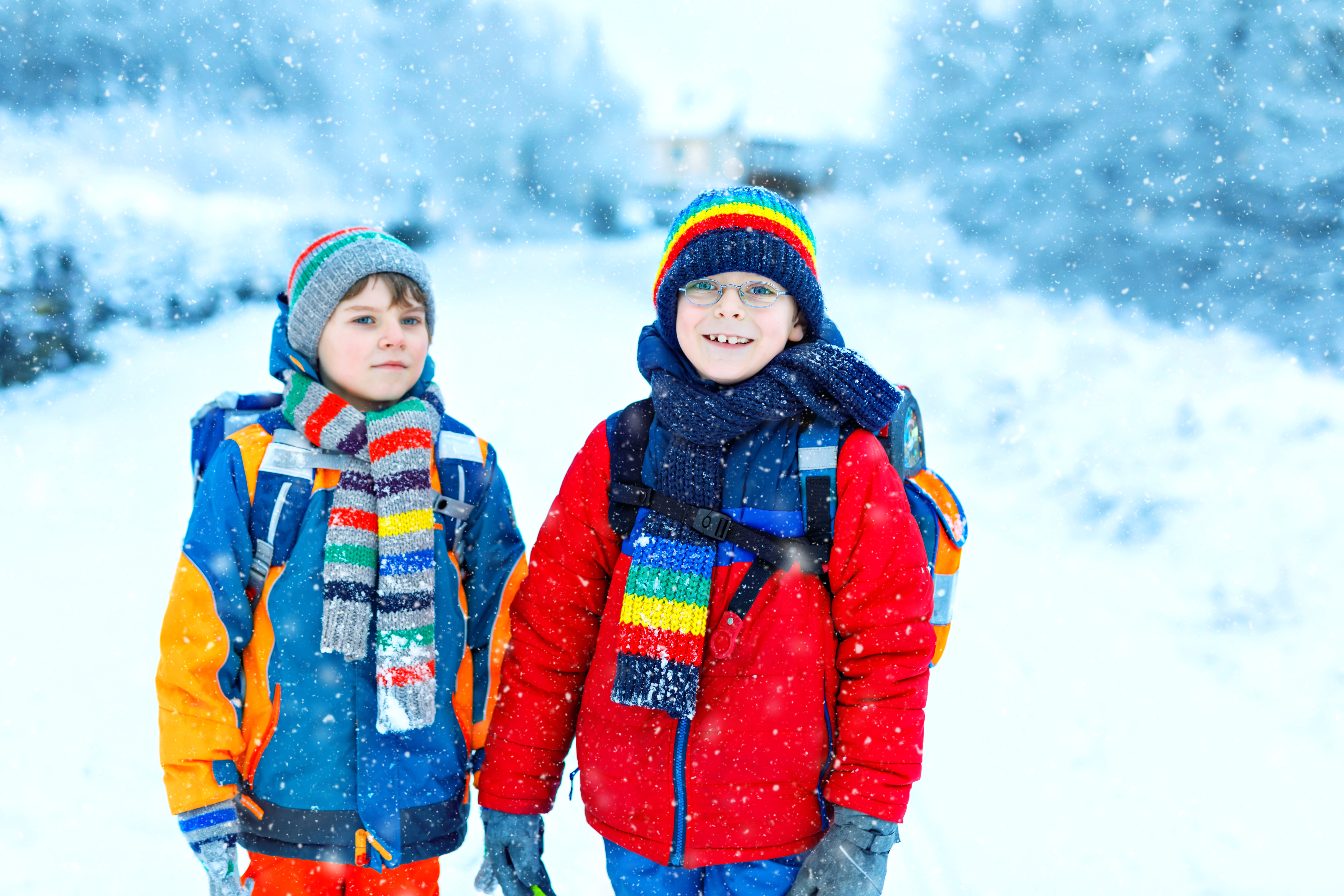
Turning Social Isolation Into Social Interaction with Walkabouts
Now that most children have returned to school for in-person learning, teachers are finding that these students may not interact with others in the same ways. Many students were isolated from their peers for a large part of the pandemic and have experienced substantial social and emotional learning loss. While there is a push to increase the students’ reading levels and math skills, students will not succeed if they cannot focus. Addressing students’ social and emotional learning first during their developmental years is crucial, and a great place to start is in physical education class.
#1 Move, Move, Move!
Studies show that children who engage in daily physical activity benefit mentally as well. In a study of children who exercised after being isolated during the pandemic, brain activity was lower in the areas associated with stress and anxiety. When schools emphasize physical education, students may experience better results in all areas.
Walkabouts is a practical program for schools to implement. The movement-rich activities supplement language arts, reading, and math lessons. Because Walkabouts are correlated to state and national standards, teachers can easily incorporate the lessons into the school day while still teaching the required concepts. Walkabouts keep students’ attention because they are easy-to-follow, dynamic, and different each time.
Research conducted by ActivEd’s founder, Dr. Julian Reed, has shown that children who were moving through the use of Walkabout lessons performed significantly better on cognitive measures and state-mandated academic achievement tests. Movement equals active engagement and ultimately leads to less stress and more success.
#2 Embracing Different Learning Styles
Human learning potential can best be reached by recognizing Howard Gardner’s Theory of Multiple Intelligences. Many teachers already convey information in various ways. One such way is kinesthetic learning or learning through movement.
“Stay in your seat!” For years, teachers have told students to sit down and listen. Recently, many teachers have recognized that students benefit from moving, and they have started to get students out of their seats with stretches, yoga, and movement breaks. Why not take it a step further with Walkabouts, and let students move while they learn? The student who was once considered a restless distraction may become a focused success story. When students move as they learn, their self-esteem is boosted. As students witness their classmates moving along with them during whole-class activities such as Walkabouts, they may feel more connected to and more comfortable around their peers.
Other intelligences such as spatial-visual intelligence and musical intelligence can be reached through Walkabouts as well due to their catchy, cartoon characters.
#3 Teamwork
To overcome social isolation, students should work with their peers as much as possible. Physical education lends itself to this because students often work together collaboratively to play games and complete activities. When students get picked for teams or play a win-lose game, for example, they may experience excitement or disappointment. These feelings are natural and a part of growing up. This healthy competition can be a positive experience.
Walkabouts lends itself to group work as well. Walkabouts are typically completed as a whole-class activity, and students can solve problems together on Walksheets (worksheets with a movement component) as well. Because the minutes, miles, and activities are tracked in detailed reports, schools can also set goals for individual students, classes, or the entire school. Principals may even want to host competitions between classes or grades.
For students who may be temporarily quarantined and for students still learning remotely, Walkabouts can be played during live virtual lessons. Students can also complete Walkabouts on their own from home. With Walkabouts, students will get out of their seats and move whether they are at home or in the classroom.
#4 Getting Outdoors
The simple act of breathing deeply can induce calmness almost instantly. When students are outdoors, they often feel free and relaxed. Physical education class is a time when children can run around outside.
In a pandemic world, restrictions and rules vary depending upon location. A common guideline from the CDC is that being outside is generally safe. When the weather is nice, teachers can bring students outside for games, exercise, walks, and even for lessons. Students may feel a sense of community and belonging with the change of scenery.
Due to pandemic-related learning loss, many schools and districts are focusing primarily on math and reading. School leaders may find that if they get students moving, they will be happier and more ready to learn. Walkabouts is the perfect way for students to move away from social isolation and toward social interaction.





